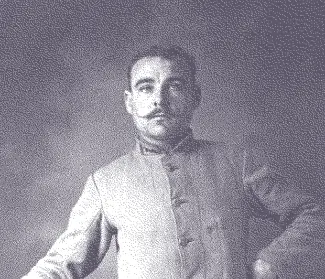Check our opening times and prices
Buy your ticket in advance
Prepare your visit to the battlefield

That’s what drew the attention of the runner, dripping with sweat, his breath repeatedly snatched away by the explosions all around him. Eventually, he recognised the owner of the hand. It was poor Marche, whose mission had ended there, on Tuesday 1 August 1916, on the edge of a track zigzagging between the shell holes. Marche was tasked with taking a message to the colonel who had set up a command post a few hundred metres from the Thiaumont fortification where the Germans had been holding fast for more than five weeks.
He had 1,800 metres to run across open ground from the quarries at Bras-sur-Meuse, by himself, with no possibility of pausing to rest, among the explosions, the bodies and the debris of all types. His orders were to deliver his message as quickly as possible. Marche had volunteered for the task, as had ten of his comrades. The lieutenant had chosen Marche because he looked to be the most experienced. He had thrown himself body and soul into this mad dash through the middle of the hell that was Verdun.
But he had been hit by shrapnel in the end. So focused he was on the importance of his mission that, before he died, he had the strength to find an obstacle to lean his arm against, so that the precious missive would be visible. And so even after his death, he passed on the message. The runner grabbed the blood-spattered envelope and made it through to Colonel Lebaud’s command post.
Touched by the story, Lebaud promised himself that, if he made it home, he would build a monument to this hero. Fernand Marche lies just a few hundred metres from the site of his final mission, among thousands of his comrades, in Fleury-devant-Douaumont cemetery, grave number 6649.